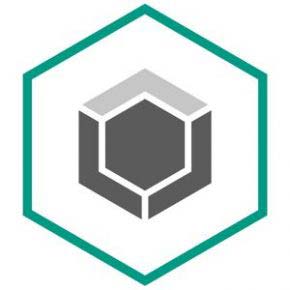

Important. Before installing patches for Kaspersky Lab products, it is necessary to temporarily restore initial settings.Security for DevOps Kaspersky Endpoint Security for Linux enables run-time protection from threats, on-demand scanning of containers, images and repositories as well as flexible integration into CICD pipelines. Make sure the System Watcher component is enabled in the settings ( Anti-Virus protection -> System Watcher). We recommend to block the Write, Delete, and Create actions. Make sure the applications that are normally used to work with the protected file types are Trusted. Ĭonfigure permissions of access to the Protected file types group for the applications that refer to Low Restricted and High Restricted. You can either specify a path or a wildcard, such as *. Example: *.docx. docx files), click the Add button and select the item File or folder. Select a category that corresponds with the files you want to protect (for example, Documents for. It may be Documents, Images, and others. Ĭreate a category named Protected file types and some subcategories inside it. Select the Private data node, click Add and select the item Category. On the Settings tab, select Endpoint control -> Application Privilege Control and click the Resources button. Open the properties of the active Kaspersky Endpoint Security policy, select Endpoint control -> Application Privilege Control, then click the Settings button to configure the application's access to resources and personal data.

Open the Administration Console, go to the Managed computers node and select the Policies tab. Configuring the setting on Kaspersky Security Center.


 0 kommentar(er)
0 kommentar(er)
